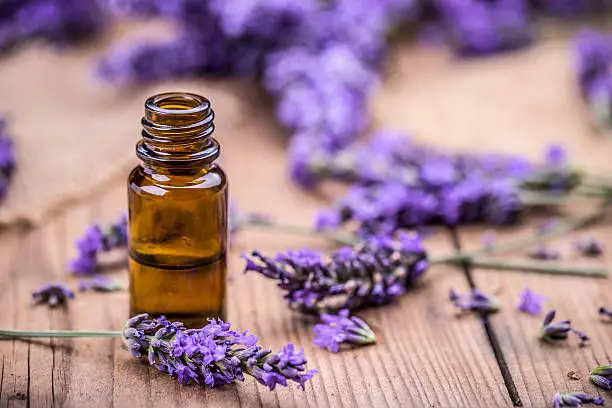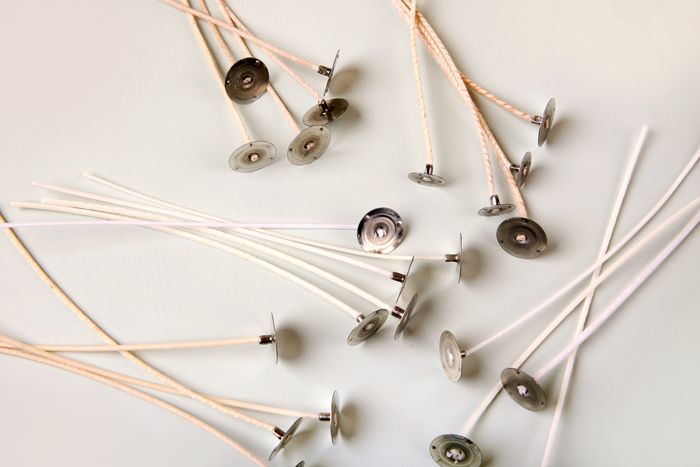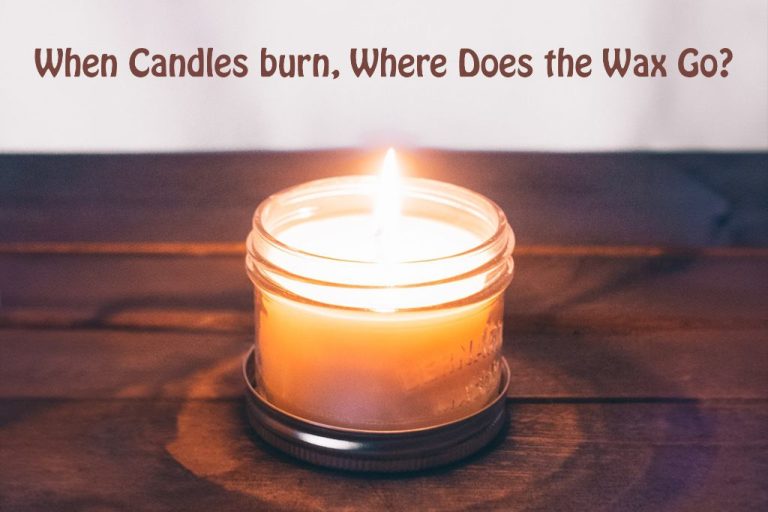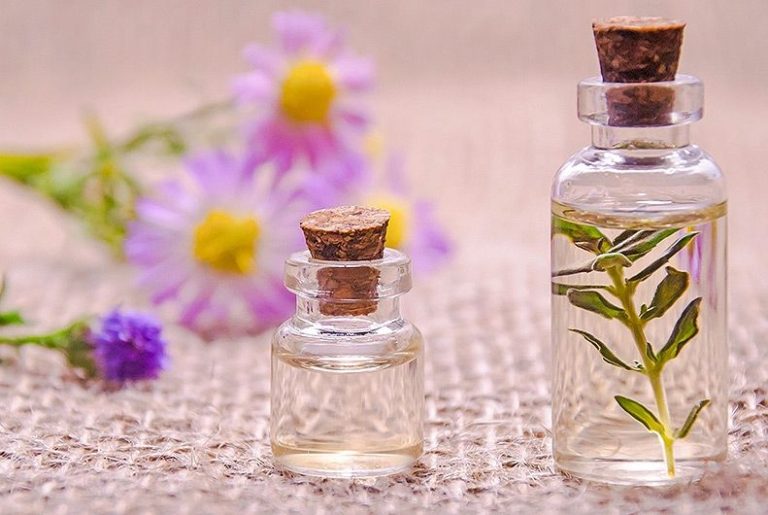Can I Melt Candle Wax On The Stove?
Melting candle wax is an essential part of candle making, but it can seem daunting if you’ve never done it before. However, with the right materials and techniques, it’s surprisingly easy to melt wax safely on the stove. The rich aroma of melted wax is satisfying in itself, but being able to pour beautiful new candles makes the experience even more rewarding.
This guide will walk you through everything you need to know to successfully melt candle wax on the stove top. We’ll look at choosing the right pot or pan, preparing the stove, melting techniques, safety tips, and troubleshooting common problems. With the information here, you’ll gain the confidence to start creating candles at home.
Is It Safe to Melt Candle Wax on a Stove?
Melting candle wax on the stove can be done safely with proper precautions. However, there are some risks to be aware of when heating wax on a stove top [1].
The main safety consideration when melting wax on the stove is the risk of fire. Wax is flammable, especially at high temperatures. If the wax gets too hot or catches fire, it can be difficult to control and can spread rapidly. Using a double boiler rather than direct heat mitigates this risk somewhat, but supervision is still required [2].
Never leave melting wax unattended on the stove. The wax could overflow or ignite unexpectedly. Stay nearby and keep an eye on the wax at all times. Have a lid or baking soda on hand to smother any accidental flames.
In summary, melting candle wax on a stove top can be done safely, but requires close monitoring to prevent fires from occurring. With proper precautions and supervision, the risk is minimal.
[1] https://www.harlemcandlecompany.com/blogs/journal/all-the-ways-to-melt-candle-wax
[2] https://villagecraftandcandle.com/blogs/news/how-to-melt-wax-for-candle-making
Choosing the Right Pot or Pan
When melting candle wax on the stove, it’s important to use the right type of pot or pan to avoid potential safety hazards and ruined cookware. The material of the pot or pan is key. Aluminum and stainless steel are good choices as they evenly distribute heat, which helps prevent hot spots that can scorch the wax. Nonstick pans are not recommended as melted wax can be difficult to clean off the coating. Copper and cast iron are also poor choices, as these materials retain heat in concentrated spots which increases the risk of burning the wax.
In addition to material, the size of the pot or pan matters. It’s important to use a vessel that allows adequate room for the wax to expand as it melts. A pot or pan that is too small can cause melted wax to bubble up and overflow. Aim to leave the pot or pan no more than half full with solid wax before melting. This leaves ample headspace for the liquid to safely expand in volume.
Optimal materials and size allow candle wax to be melted evenly and safely on the stove.
Preparing the Stove Top
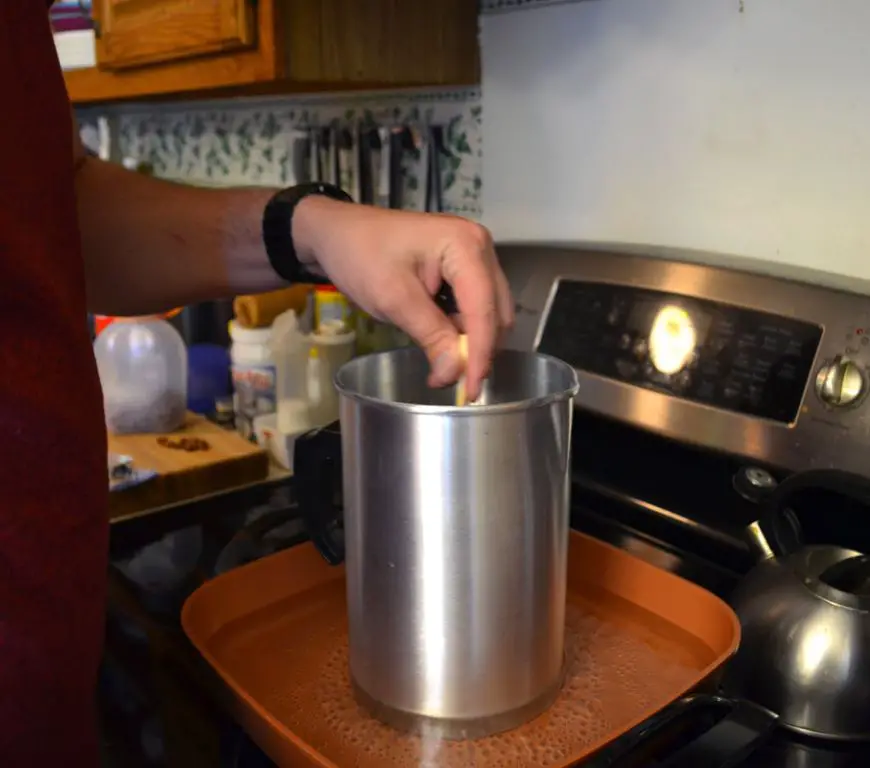
When melting candle wax on the stove, it’s important to take steps to protect the stove surface and control the temperature.
Place a pot or pan directly on the stove burner to hold the wax. This will prevent any hot wax from dripping directly onto the stove and damaging the surface. Choose a pot or pan that can withstand high temperatures without warping or cracking. Stainless steel, enamel, or cast iron work well.1
Set the stove to a low or medium-low temperature setting. Melting wax does not require high heat. Aim for a temperature between 120°F to 150°F. Going above 180°F can scorch the wax.2 Use a candy or wax thermometer to monitor the temperature if possible. The stove’s temperature controls may vary, so keeping an eye on a thermometer helps avoid overheating.
Stirring occasionally will also help maintain an even, moderate temperature. Don’t let the wax sit stagnant in one spot on the bottom of the pan for too long. Stirring promotes even melting.
With the right pan and by controlling the temperature, you can safely melt candle wax on the stove without any damage or accidents.
Melting the Wax
When melting candle wax on the stove, it’s important to cut the wax into smaller chunks first. This allows the wax to melt more evenly. According to The Harlem Candle Company, you’ll want to “Cut your candle wax into small 1 inch chunks before melting. This allows the wax to melt faster.”
You’ll also want to use low, even heat when melting wax on the stove. As Supplies for Candles recommends, “Place your bowl/jug of wax in the microwave and heat for 1 minute at a time, monitoring the temperature until it reaches 80°C. (Do not let your wax exceed 80°C).” Using a lower heat and gradually increasing it helps prevent scorching or burning the wax.
It’s essential to stir the wax frequently as it melts. This helps distribute the heat evenly and prevent burning on the bottom. The Harlem Candle Company suggests stirring every 5-10 minutes. Stirring regularly will help the wax melt faster and more smoothly.
When to Remove from Heat
You’ll want to remove the wax from heat once it has fully liquefied. To check, give the wax a stir and look for any remaining solid chunks or pieces. If you see any, keep heating until the wax forms a completely homogenous liquid with no solids remaining. According to Harlem Candle Company, you’ll want to heat the wax until it reaches a temperature between 180-185°F to ensure it is fully melted.
Once the wax is completely liquid with no remaining solids, remove it from the heat source immediately. Don’t allow the wax to remain on the hot stove any longer than necessary. If overheated, the wax can start to discolor, produce an unpleasant smell, or lose its fragrance. As soon as you have a fully liquid state, take the pot or pan off the burner right away.
Give the wax a final stir after removing from heat to evenly distribute any remaining melted wax chunks. At this point, the wax should be ready to pour into containers or molds without any lumps or pieces remaining.
Pouring and Cooling the Wax
Once the candle wax has fully melted, it’s time to carefully pour it into containers or molds to cool and harden. This step requires caution as melted wax can still burn skin if splashed. According to one Reddit user, slowly pour the wax at a low height above the container to avoid splattering
.
Allow the wax to cool completely undisturbed as this allows time for any bubbles to rise to the top. Pouring too early can lead to bubbles being trapped in the wax which affects the appearance. One tip from ThriftyFun is to let it sit for at least 48 hours before handling the hardened wax
.
Make sure not to pour wax down the drain as it can clog pipes when hardened. Allow all equipment and surfaces to fully cool before attempting to clean. With care taken at this stage, you’ll have smoothly poured candles, wax melts or other creations ready for use
.
Safety Tips
When melting candle wax, it’s important to keep safety in mind. Here are some tips to melt wax safely:
Have baking soda on hand in case of spills or overboiling. Baking soda can help absorb and contain spilled wax. Keep a box or shaker bottle nearby while melting wax. If wax boils over or spills on the stove, immediately sprinkle baking soda on it to help absorb the wax and prevent spreading.[1]
Turn off the stove when done melting. It’s easy to get distracted and forget you have wax melting on the stove. Set a timer so you don’t forget, and always make sure to turn off the stove when you’re finished melting. Leaving wax unattended on the hot stove is a potential fire hazard.
Work in a well-ventilated area. Melting wax can release fumes. Ensure you have proper ventilation by opening windows or turning on fans.
Use oven mitts when handling hot pots and pans. The wax, container, and stove top will be extremely hot. Protect your hands with mittens or potholders when pouring.
Keep children and pets away during the melting process. Supervise closely and don’t let children or pets near hot wax.
Heat wax slowly and stir frequently. Heating too quickly can cause splattering. Go low and slow.
[1] https://villagewaxmelts.com/blogs/news/safety-tips-when-using-waxmelts
Common Problems and Solutions
Melting candle wax on the stove can lead to some common issues. Here are some tips for avoiding problems:
Scorching Wax
It’s easy to scorch or burn candle wax if you overheat it. Be sure to keep a close eye on the wax as it melts and remove it from the heat as soon as it is fully liquefied. According to experts, “one of the biggest mistakes is overheating the wax, which can scorch it and affect how well it burns” (https://thewaxchandler.com/candle-wax/how-to-melt-candle-wax/). Stirring occasionally can also help prevent scorching.
Leftover Wax Chunks
Not allowing the wax to fully melt before removing from heat is another common mistake. Be patient and make sure all wax chunks have completely melted to avoid issues when pouring (https://suppliesforcandles.co.uk/candle-college/wax-melt-troubleshooting). Stirring often can help melt any remaining pieces.
Spills
Melted wax can easily spill over if you’re not careful. Pour slowly and keep a towel handy. If wax does spill, let it cool completely before attempting to clean. Hardened wax can be chipped away. Avoid pouring hot wax into containers directly on the hot stove top as this can be a fire hazard.
Conclusion
In summary, melting candle wax on the stove can be done safely and effectively if you take the right precautions. Choose an appropriate double boiler or pot and pan setup to provide indirect heat. Prepare the stovetop by protecting the surface. Melt the wax slowly over low heat, stirring frequently and keeping temperatures below 185F. Remove from heat before the wax is entirely melted to prevent overheating. Pour carefully into containers and allow time to fully cool and solidify before using or touching the wax. Following basic safety tips like ventilation, gloves, and supervision can help prevent injuries. If you encounter common problems like sooting or burning, try troubleshooting measures like adjusting the heat, stirring more often, or switching cookware. With care and patience, stovetop melting can be an accessible way to reuse old candle wax or prepare new wax for candles and other projects.
The key points to remember are choosing the right setup, using low indirect heat, monitoring temperature, and taking safety seriously. Melting wax on the stove top doesn’t have to be dangerous if done properly. Take the right precautions, and you can turn old candles or wax into beautiful new creations.

